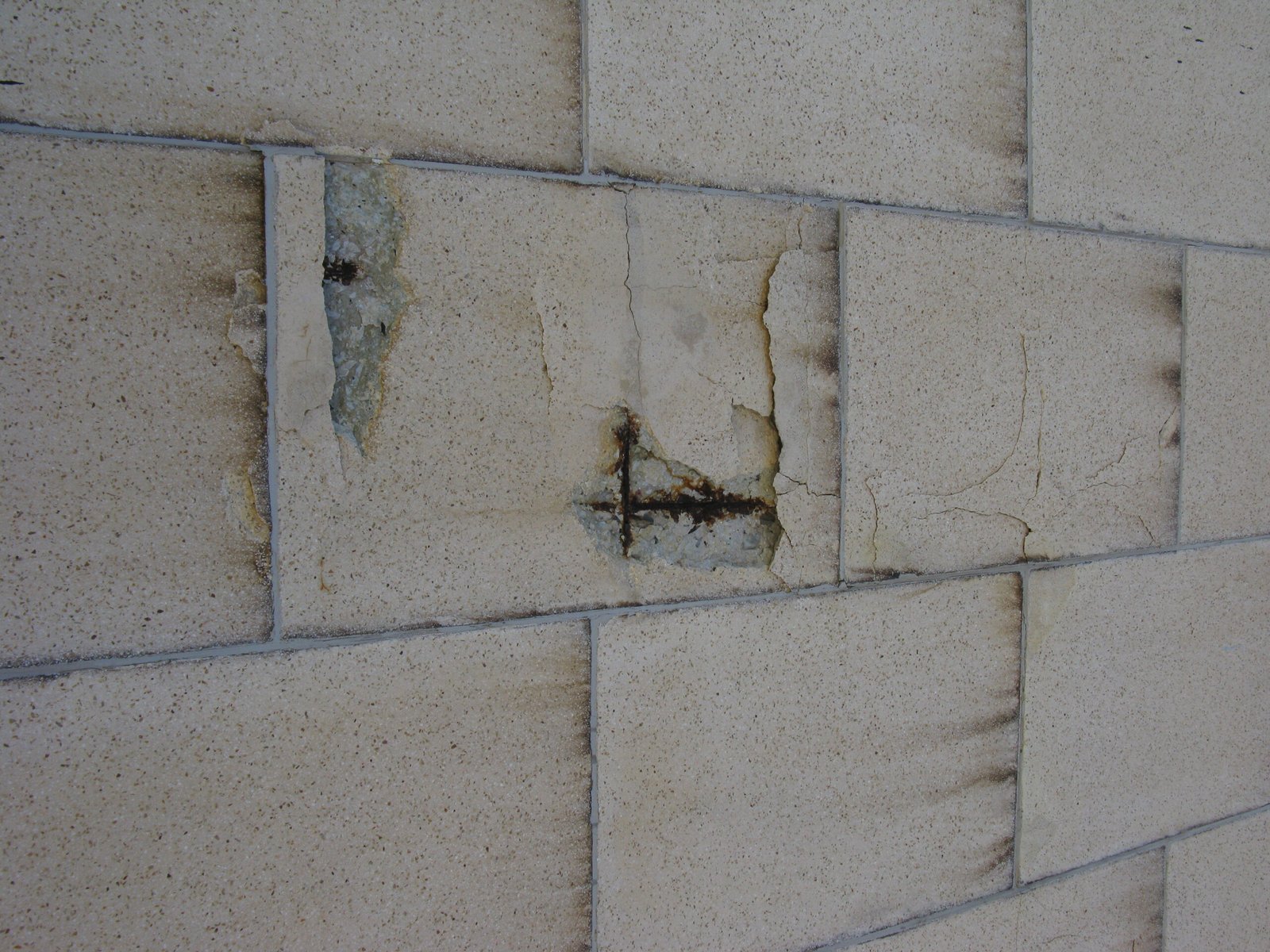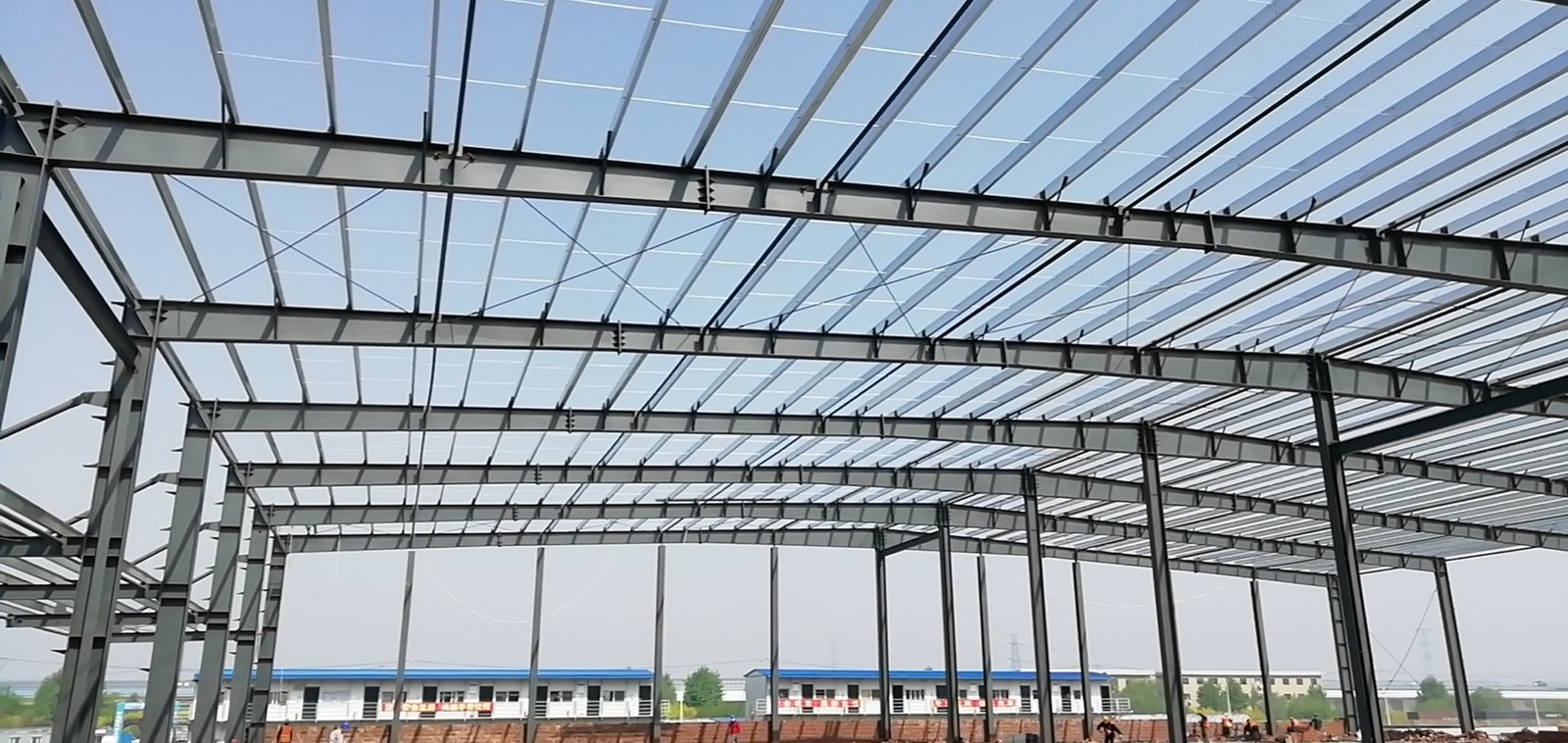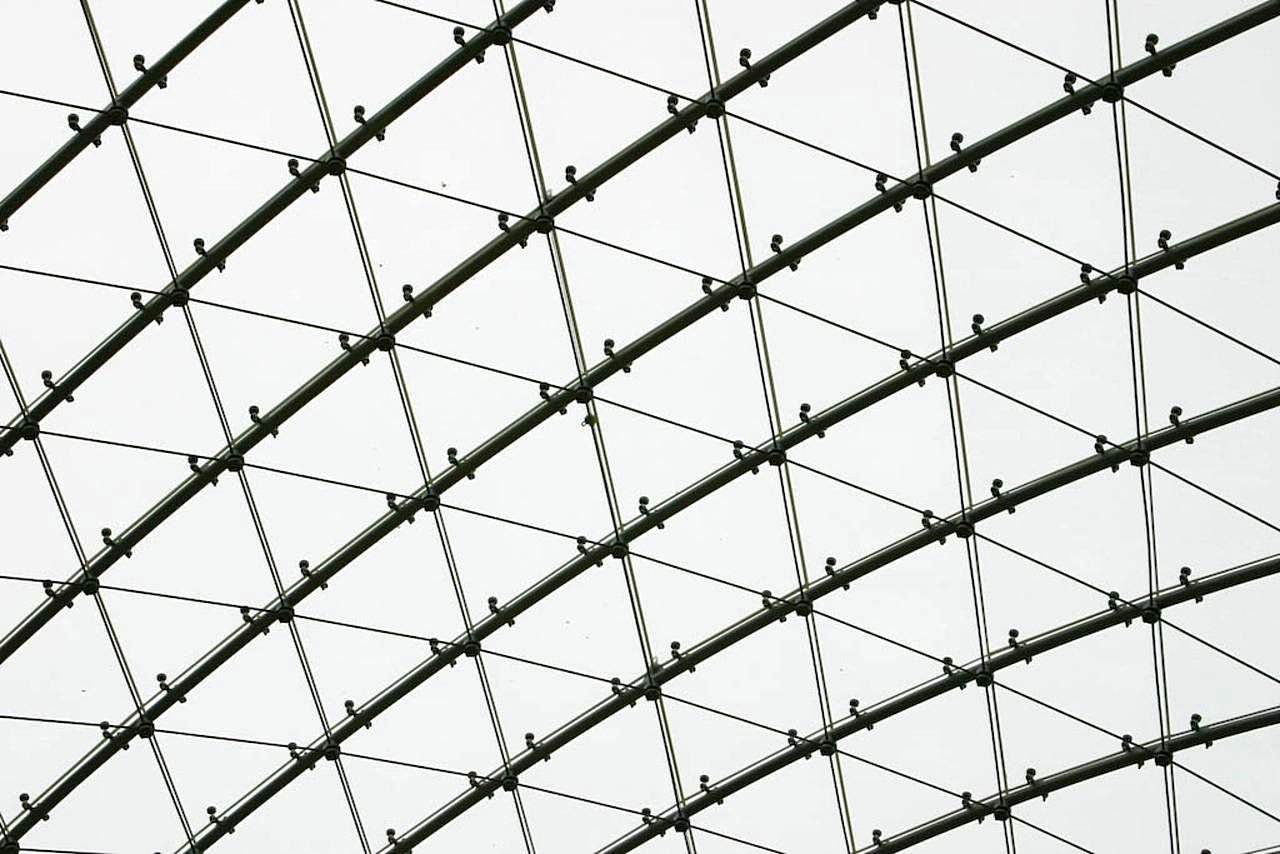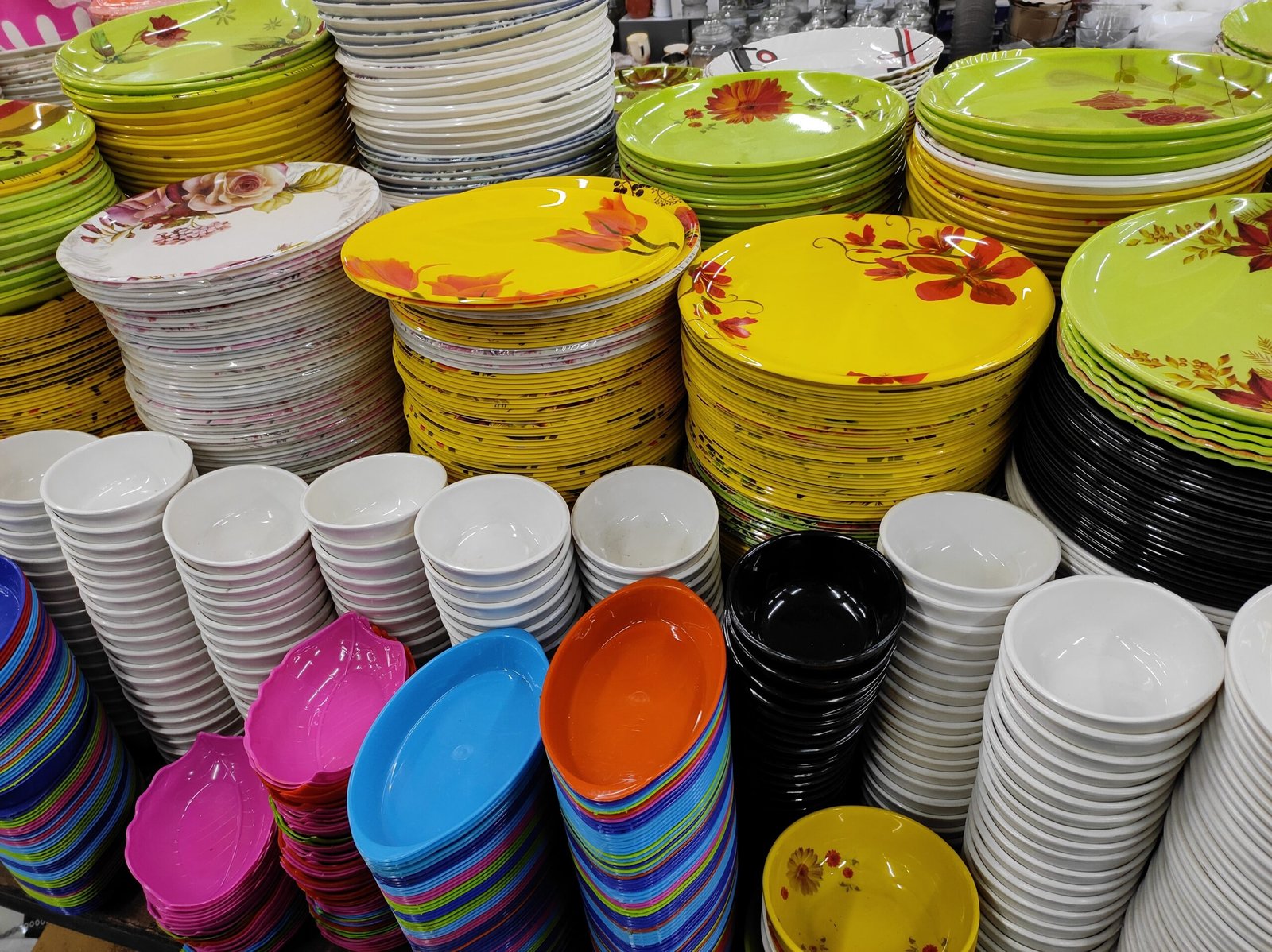Have you ever wondered what lies beneath the surface of our modern world? Those towering skyscrapers, sleek smartphones, and even the roads we tread upon owe their existence to a fascinating array of materials. These often-overlooked substances are the unsung heroes of civilization, quietly working behind the scenes to shape our lives. This article takes you on an intriguing journey into the world of materials that are pivotal to human progress. Prepare to be captivated by the hidden wonders that make our world tick.
The Foundation of Modern Society: Concrete

Concrete is the backbone of urban landscapes, forming the foundation of buildings, bridges, and roads. Its strength and versatility make it indispensable. Imagine a world without concrete—cities would crumble, and transportation networks would falter. This composite material, primarily made from cement, water, and aggregates, is a testament to human ingenuity. Its ability to withstand immense pressure and adapt to various forms has made it the go-to choice for architects and engineers. From the Roman Pantheon to the Hoover Dam, concrete’s legacy is etched in history.
The Silent Power of Steel

Steel, the strong and flexible metal, is the silent powerhouse behind countless structures. From skyscrapers to automobiles, its presence is ubiquitous. Steel’s remarkable strength-to-weight ratio allows for towering buildings that reach for the sky. The Eiffel Tower and Brooklyn Bridge stand as iconic testaments to its capabilities. The process of alloying iron with carbon and other elements gives steel its unique properties, making it an essential material in the modern world. Without steel, our cities would look vastly different.
Glass: The Transparent Marvel

Glass is a material that seamlessly combines beauty and functionality. Its transparency and versatility have made it a staple in architecture and technology. Imagine a world without glass windows, screens, or lenses—our connection to the outside world would be severely limited. The ability to mold glass into various shapes and its resistance to weathering make it a favorite among designers. From the shimmering facades of skyscrapers to the delicate lenses of cameras, glass enhances our experience of the world.
The Versatility of Plastics

Plastics are the chameleons of the material world, adaptable and ubiquitous. They are found in everything from packaging to medical devices, revolutionizing industries along the way. The invention of synthetic plastics in the early 20th century marked a turning point in material science. Their lightweight nature and resistance to moisture and chemicals make them ideal for countless applications. While their environmental impact poses challenges, ongoing innovations aim to create sustainable alternatives. Plastics have undoubtedly transformed daily life.
Aluminum: The Lightweight Wonder
Aluminum is the lightweight champion, prized for its strength and resistance to corrosion. Its applications range from aircraft construction to beverage cans. The aluminum industry relies on bauxite ore, which is abundant in the Earth’s crust. Its ability to conduct electricity and reflect heat makes it valuable in various fields. Despite its lightweight nature, aluminum’s strength is remarkable, enabling the construction of durable structures. Its recyclability also contributes to its popularity, aligning with sustainability goals.
Silicon: The Heart of Technology
Silicon is the unsung hero of the digital age, powering the devices that connect the world. This semiconductor material is the foundation of microchips and integrated circuits. Without silicon, our smartphones, computers, and communication networks would be unimaginable. The process of doping silicon with impurities creates the transistors that drive technological advancement. Silicon’s role in the tech industry is unparalleled, enabling rapid computation and data storage. It is the beating heart of innovation.
The Timeless Elegance of Wood
Wood, a material as old as civilization itself, continues to captivate with its timeless elegance. Its natural beauty and versatility make it a favorite in construction and design. From rustic cabins to modern interiors, wood adds warmth and character to spaces. Its renewable nature aligns with sustainable practices, offering a balance between tradition and innovation. The tactile experience of wood, its grains and textures, evokes a connection to nature that few materials can match.
Carbon Fiber: The Strength of the Future

Carbon fiber is the material of tomorrow, combining strength and lightness in a revolutionary way. Its applications range from aerospace to sports equipment, pushing the boundaries of possibility. The process of weaving carbon filaments into a matrix creates a material that is both incredibly strong and lightweight. Carbon fiber’s potential to replace traditional materials in various industries is immense, promising advancements in efficiency and performance. With ongoing research, its uses continue to expand.
Copper: The Conductor of Civilization
Copper, a metal with a rich history, remains a vital conductor of electricity and heat. Its role in electrical wiring and plumbing is indispensable. Copper’s excellent conductivity and corrosion resistance make it a reliable choice for infrastructure. From ancient coins to modern power grids, its presence is pervasive. The reddish hue of copper adds aesthetic appeal, while its recyclability supports sustainable practices. Copper truly conducts the rhythm of civilization.
Clay: The Ancient Innovator

Clay, a humble material with ancient origins, has been a cornerstone of human innovation. Its malleability and abundance have made it a staple in pottery and construction. From terracotta sculptures to adobe dwellings, clay’s versatility is unmatched. Its ability to retain heat and moisture makes it an excellent insulator. The art of shaping clay connects us to our ancestors, preserving cultural heritage while embracing modern techniques. Clay bridges the past and present.
As we delve into the world of materials that shape our civilization, we uncover the invisible building blocks that define our existence. These materials, often taken for granted, are the true architects of progress. They enable innovation, creativity, and sustainability, forming the backbone of modern life. So, the next time you gaze at a towering skyscraper or hold a smartphone, take a moment to appreciate the materials that make it all possible. What other invisible heroes are waiting to be discovered?




